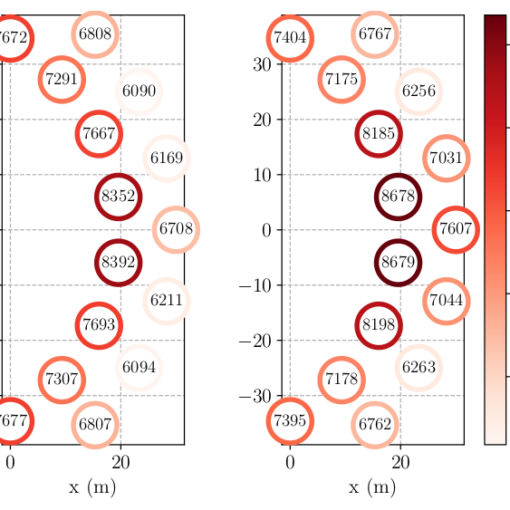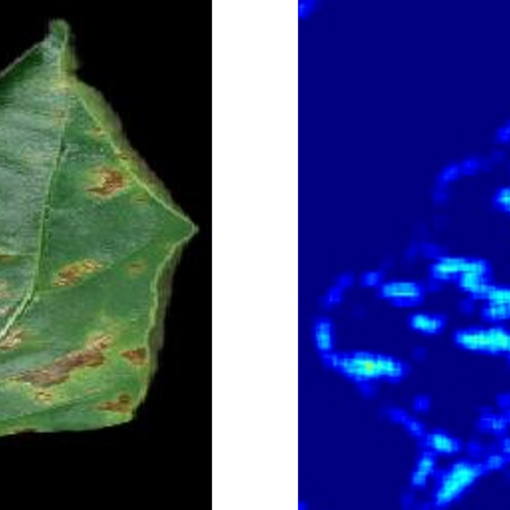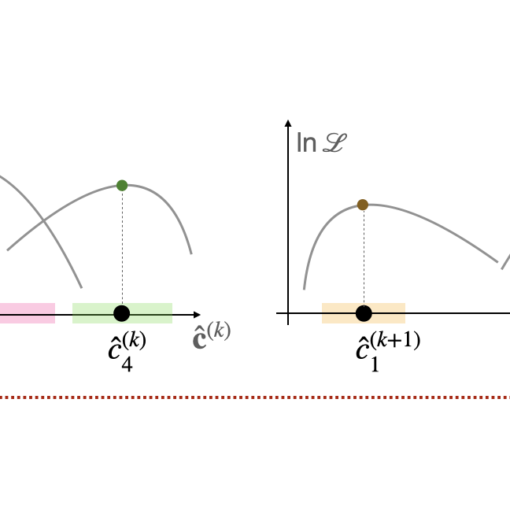A new MOX report entitled “Computational fluid-structure interaction analysis of the end-to-side radio-cephalic arteriovenous fistula” by Marcinno’, F.; Vergara, C.; Giovannacci, L.; Quarteroni, A.; Prouse, G. has appeared in the MOX Report Collection.
The report can be donwloaded at the following link:
https://www.mate.polimi.it/biblioteca/add/qmox/19/2023.pdf
Abstract: In the current work, we present a fluid-structure interaction study of the end-tosideradio- cephalic arteriovenous fistula. The core of the work consists in simulating different arteriovenous fistula configurations obtained by virtually varying the anastomosis angle, i.e. the angle between the end of the cephalic vein and the side of the radial artery.The mesh used to solve the structural problem takes into account the different thickness and Young’s modulus of the vessel walls. In particular, since the aim of the work is to understand the blood dynamics in the very first days after the surgical intervention, the radial artery is considered stiffer and thicker than the cephalic vein.Our results demonstrate that both the diameter of the cephalic vein and the anastomosis angle play a crucial role in order to obtain a regular blood dynamics that could prevent fistula failure.In particular, when a high anastomosis angle is combined with a large diameter of the cephalic vein, the recirculation regions and the low WSS (wall shear stress) zones are reduced. Conversely, from a structural point of view, a low anastomosis angle with a large diameter of the cephalic vein reduce the mechanical stress acting on the vessel walls.




